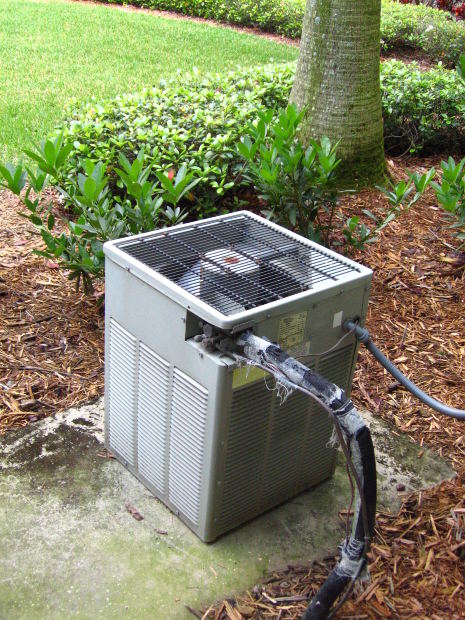 Many people are surprised to learn that hardwood furniture can swell when placed in certain environments. This is a natural occurrence that happens to any type of authentic hardwood furniture, Amish pieces included. While it typically won’t cause any serious problems or concerns, it’s still important that you understand how to deal with this swelling. In severe cases, it can lead to cracks and splitting, which is something no wants to see happen to their Amish furniture. Here we’ll take a closer look at what causes furniture to swell and how to protect your furniture from any possible damage it causes.
Many people are surprised to learn that hardwood furniture can swell when placed in certain environments. This is a natural occurrence that happens to any type of authentic hardwood furniture, Amish pieces included. While it typically won’t cause any serious problems or concerns, it’s still important that you understand how to deal with this swelling. In severe cases, it can lead to cracks and splitting, which is something no wants to see happen to their Amish furniture. Here we’ll take a closer look at what causes furniture to swell and how to protect your furniture from any possible damage it causes.
Why Does Amish Furniture Swell?
The reason why authentic hardwood furniture swells is due to the tiny pores found in the wood. Whether it’s oak, maple, cherry or cedar, all types of wood contain thousands of small pores on the exterior that absorb moisture in the air. When trees grow out in their natural habitat in the wild, these pores are used to absorb water so they can grow and thrive. Once they cut down and used in the construction of furniture, however, these same pores will continue to absorb moisture.
Naturally, Amish hardwood furniture is going to absorb moisture in the air until it “balances” with the surrounding atmosphere. If you just purchased a new piece of Amish furniture and brought it into your house for the first time, it will likely go through an adjustment stage where it tries to stay in tune with the humidity levels inside your home. Regions with high humidity levels will likely affect your Amish furniture more than regions with minimal humidity levels.
Dealing With Swelling
As long as you control the temperature in your home with central cooling and heating, you shouldn’t run into any problems with your Amish furniture swelling. It may expand a bit, but it won’t cause any serious issues. With that said, it’s still a good idea to practice some basic safety precautions, one of which is to be aware of exactly where you place your Amish furniture. Obviously, you don’t want to place Amish furniture directly in front of an open window or air vent, as the humidity levels are increased here. Placing your Amish furniture directly outside the bathroom door can also be a poor decision. Instead, choose a temperature-regulated area with no extra sources of humidity. If you see your furniture having an adverse reaction to the humidity levels in your home, try using a dehumidifier to help take out some of the moisture in the air.